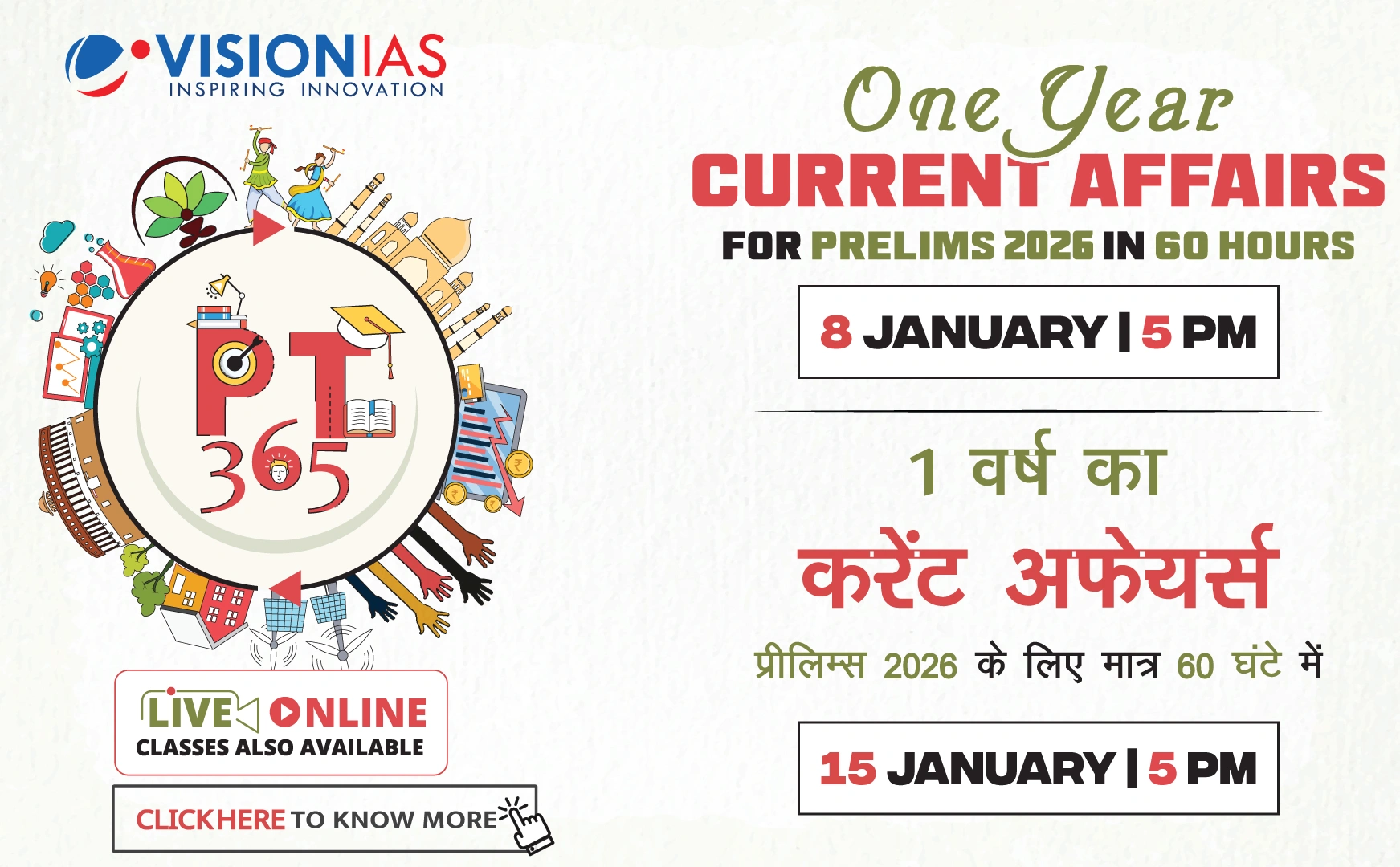Study on Public-Funded Research and Development Organisations in India
The study, commissioned by the Office of the Principal Scientific Advisor and executed by the Confederation of Indian Industry (CII) and the Centre for Technology, Innovation, and Economic Research, provides insights into the performance and orientation of public-funded R&D organisations in India.
Key Findings
- Only about 25% of public-funded R&D organisations offer incubation support to start-ups.
- Only 16% provide support specifically to 'deep tech' start-ups.
- 15% collaborated with international industry partners.
- 50% of the organisations allowed external researchers and students to use their facilities.
Study Parameters
The study surveyed various labs using a detailed questionnaire, focusing on 62 parameters, including:
- R&D expenditure
- Number of young scientists
- Patents filed
- Technologies developed
- Participation of women scientists
- Contribution to national missions like the Deep Ocean and National Quantum Missions
Exclusions
Labs from strategic sectors such as defence, space, and atomic energy were excluded due to the sensitive nature of their work. The study focused on labs affiliated with bodies like the Council of Scientific and Industrial Research and the Department of Science and Technology.
R&D Expenditure
- The Central government's R&D expenditure was approximately ₹55,685 crore in 2020-21.
- Excluding strategic departments, spending by key scientific agencies was ₹24,587 crore.
- 25% of institutes reported dedicating 75%-100% of their budget to R&D.
Staffing Trends
- A decrease in permanent staff was observed, with an increase in contractual staff from 17,234 to 19,625.
- The median share of young researchers increased to 58% in 2022-23 from 54% in the previous year.
Recommendations
Dr. Ajay Sood, Principal Scientific Adviser, emphasized the need for labs to analyze data and identify improvement areas. The report recommends that:
- Labs should align mandates with Viksit Bharat goals, focusing on critical technologies.
- Collaboration with industry and among public-funded R&D organisations is essential.







